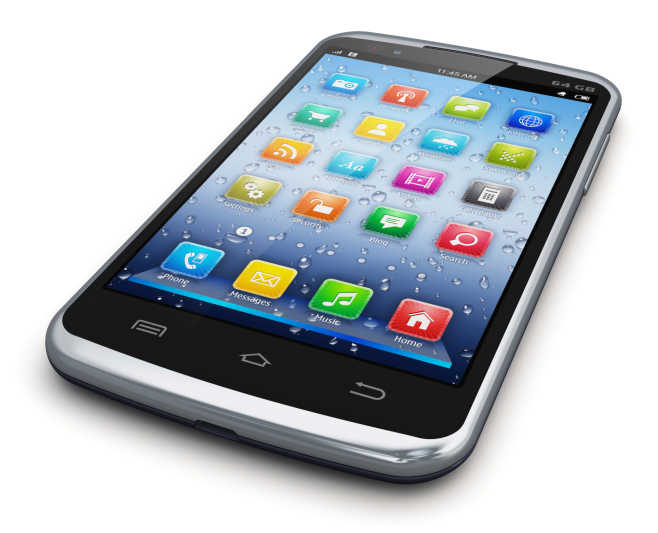Washington, August 23: Tracking mobile phone data can help predict how infectious diseases will spread seasonally, a large-scale study has found.
Researchers from Princeton University and Harvard University used anonymous mobile phone records for more than 15 million people to track the spread of rubella in Kenya and were able to quantitatively show for the first time that mobile phone data can predict seasonal disease patterns.
Harnessing mobile phone data in this way could help policymakers guide and evaluate health interventions like the timing of vaccinations and school closings, the researchers said.
The researchers’ methodology also could apply to a number of seasonally transmitted diseases such as the flu and measles.
“One of the unique opportunities of mobile phone data is the ability to understand how travel patterns change over time,” said lead author C Jessica Metcalf, assistant professor at the Princeton University’s Woodrow Wilson School of Public and International Affairs.
“And rubella is a well-known seasonal disease that has been hypothesised to be driven by human population dynamics, making it a good system for us to test,” Metcalf said.
The research team wanted to see whether cellphone users and their movement around Kenya could predict the seasonal spread of rubella.
The researchers used available records to analyse mobile phone usage and movement between June 2008 and June 2009 for more than 15 million cellphone users in Kenya. Data from February 2009 was missing in the dataset, researchers said.
Using the location of the routing tower and the timing of each call and text message, the researchers were able to determine a daily location for each user as well as the number of trips these users took between the provinces each day.
In total, more than 12 billion mobile phone communications were recorded anonymously and linked to a province.
The researchers then compared the cellphone analysis with a highly detailed dataset on rubella incidence in Kenya. They found that the cellphone movement patterns lined up with the rubella incidence figures.
In both the analyses, rubella spiked three times a year — September and February primarily, and, in a few locations, rubella peaked again in May, researchers said.
This showed the researchers that cellphone movement could be a predictor of infectious-disease spread.
Overall, the results were in line with the researchers’ predictions; rubella is more likely to spread when children interact with one another at the start of school and after holiday breaks.
Across most of the country, this risk then decreases throughout the rest of the school-term months.
The researchers hope to next apply their methodology to measles and other infections shaped by human movement like malaria and cholera.




 Driving Naari Programme launched in Chandigarh
Driving Naari Programme launched in Chandigarh































